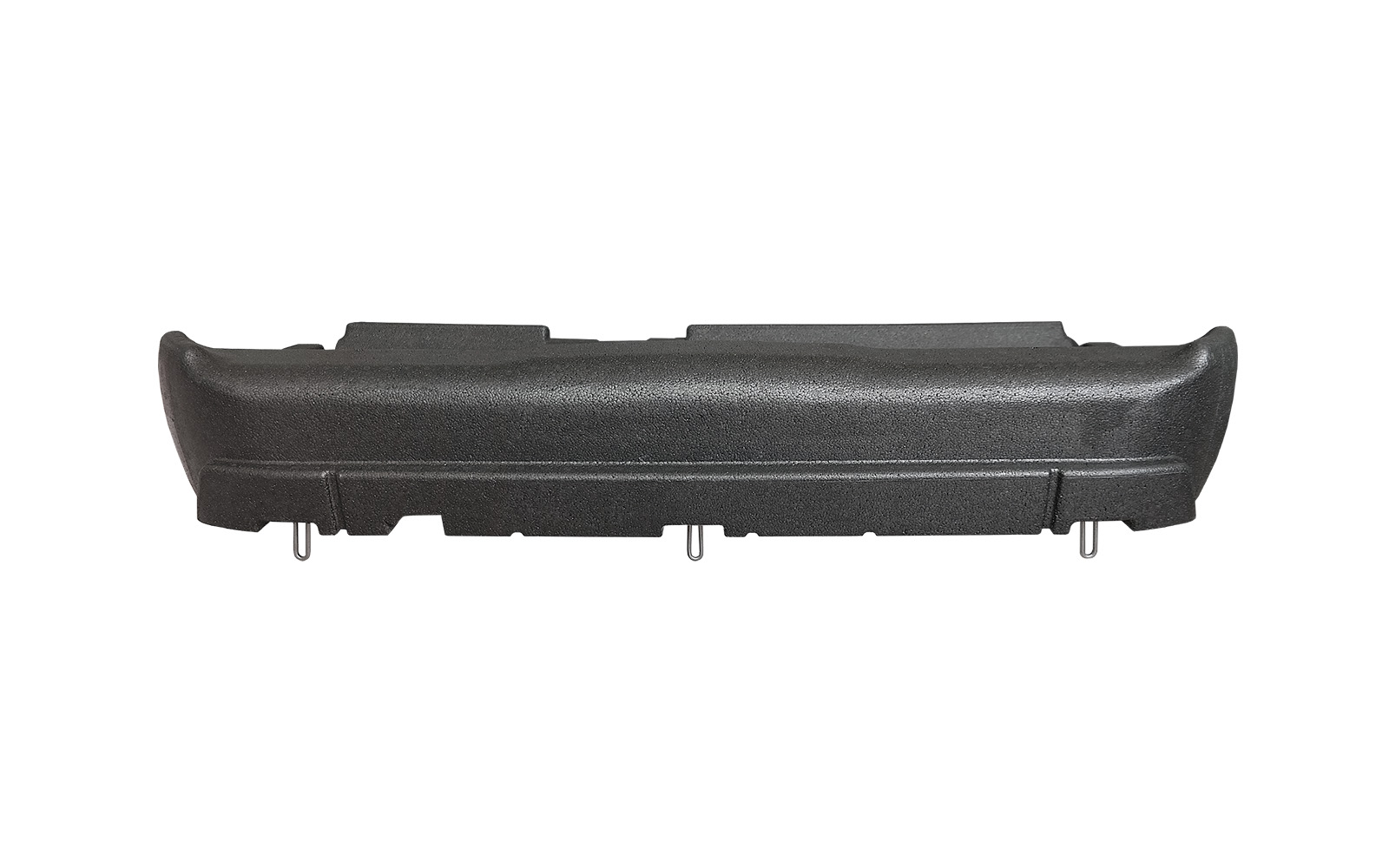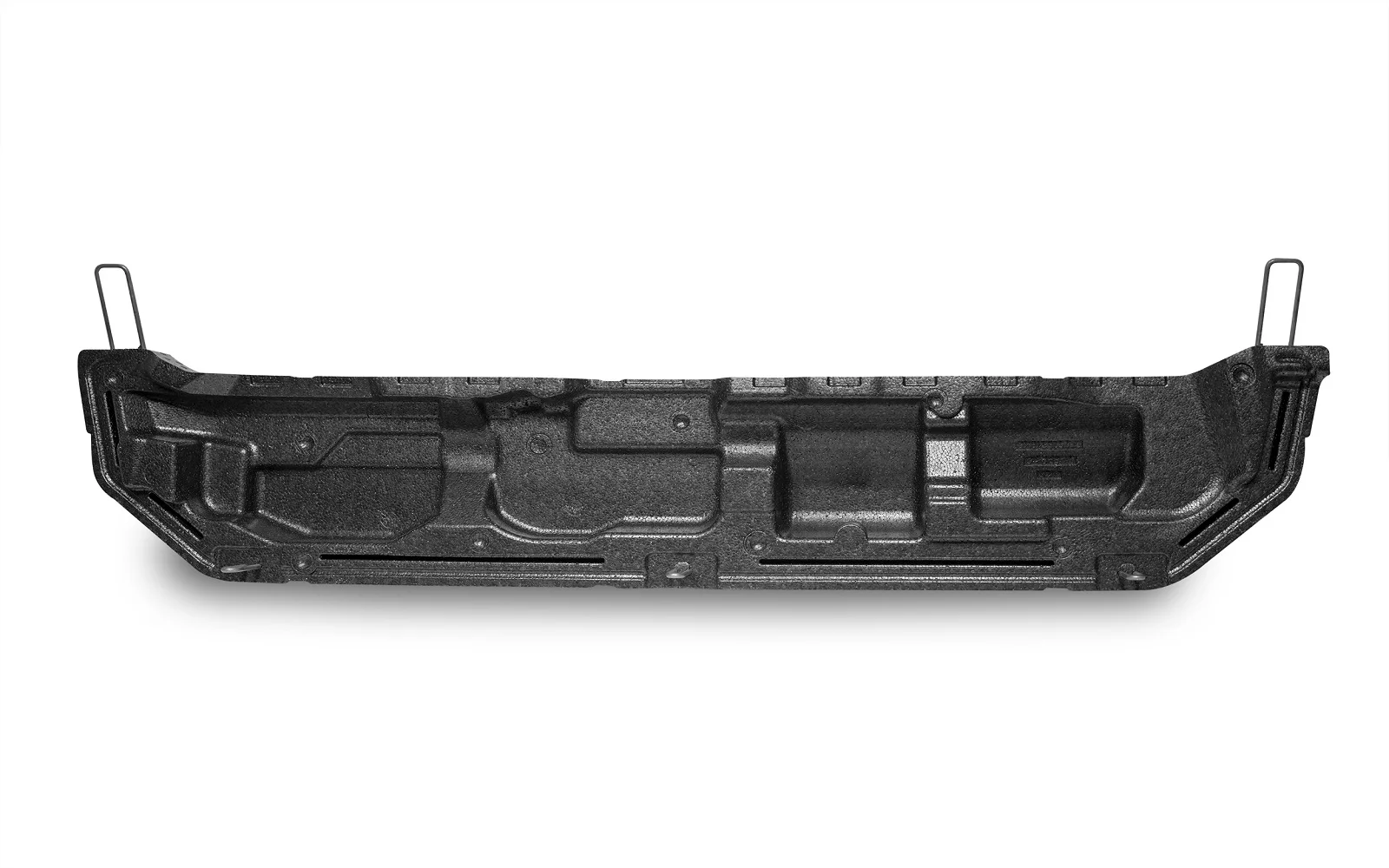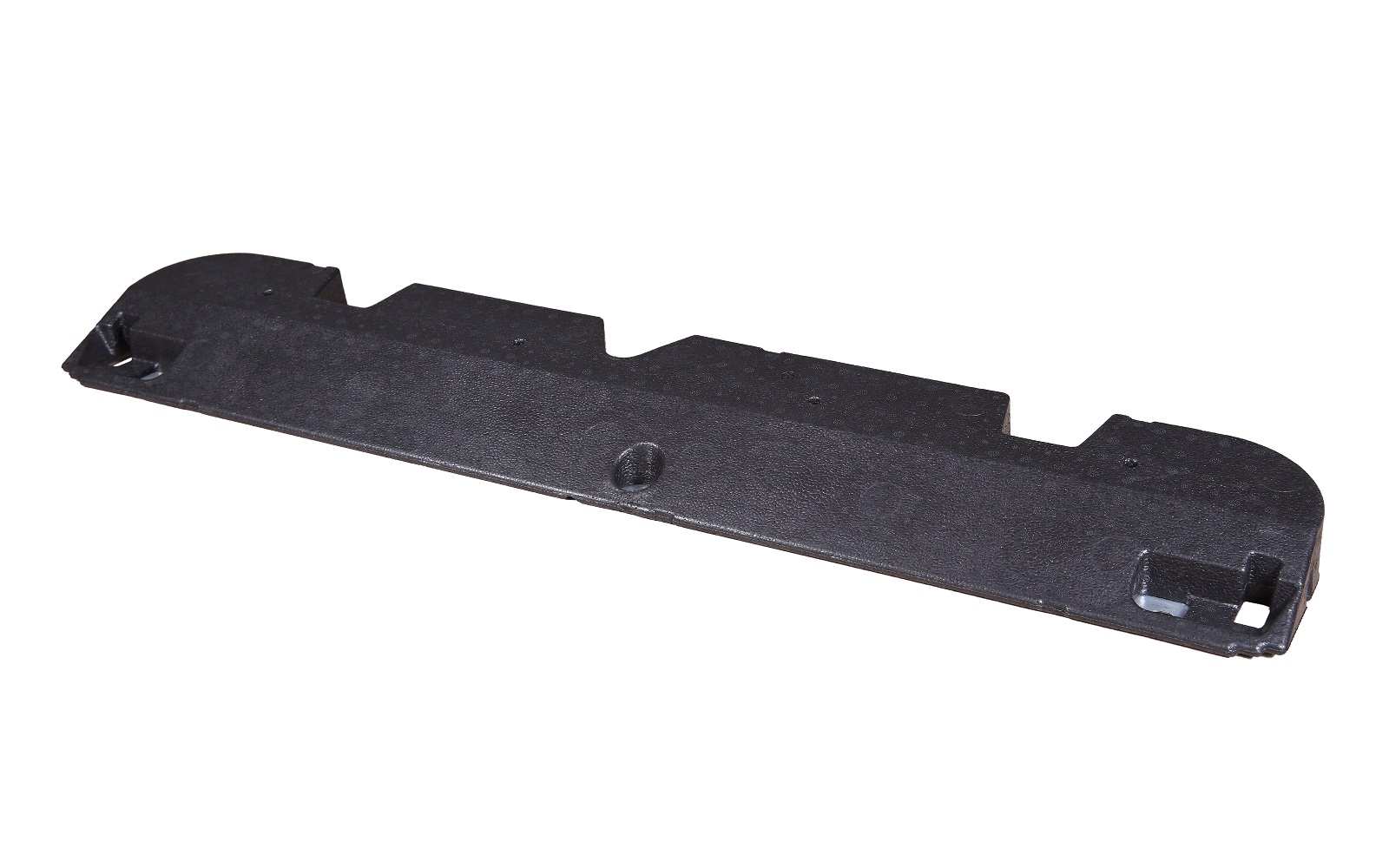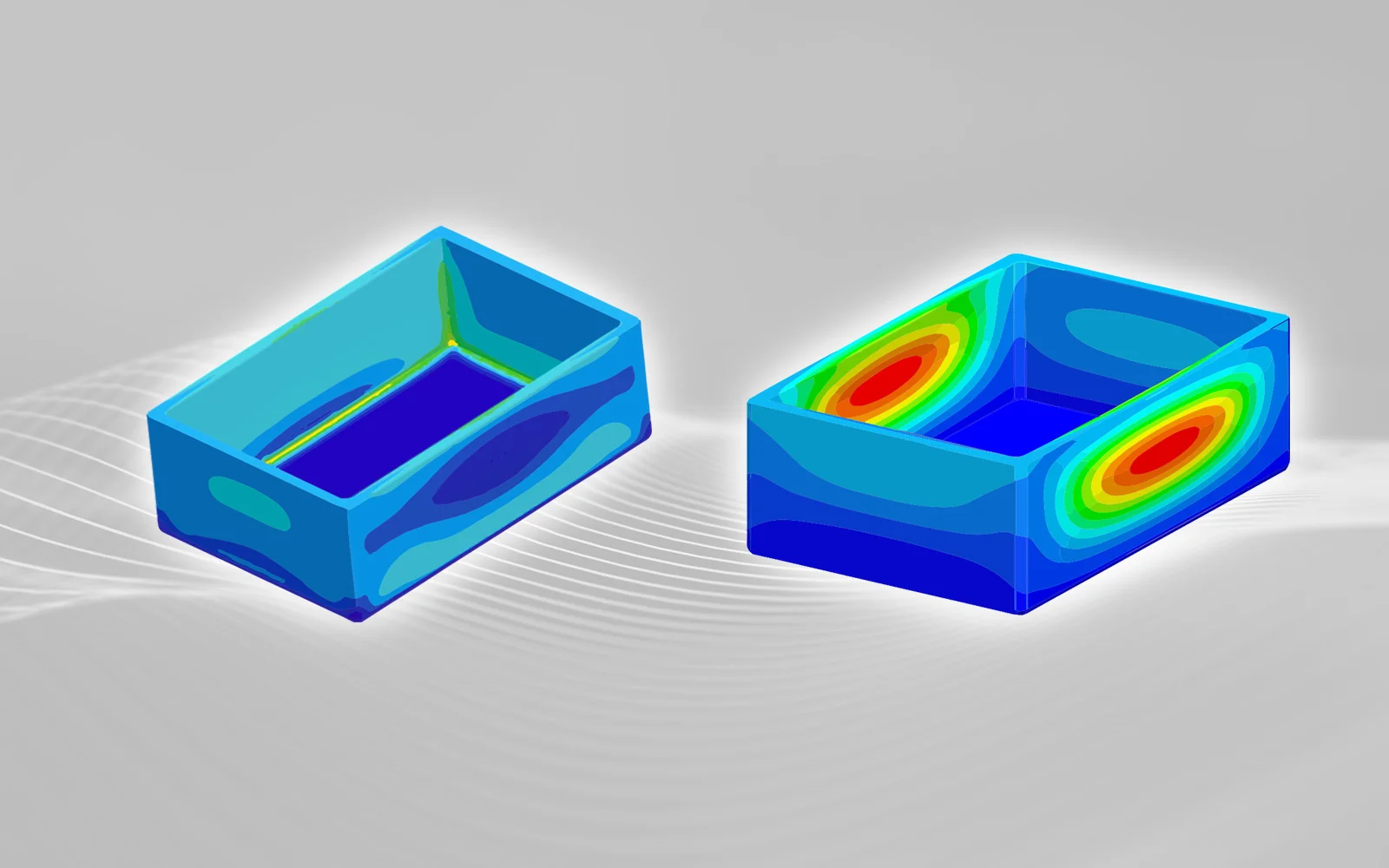Until the 1990s, car seat designs were relatively simple and offered very little additional functionality. Today, they must not only withstand the passage of time, but also maintain parameters related to comfort and passive safety, among many other things. This is guaranteed by extreme durability tests, which are carried out both by human testers, robots and artificial intelligence.
The evolutionary path of car seats – from the 1990s to today
The simple design of car seats used as recently as two to three decades ago made them very heavy and did not differ in shape. For example, when developing the design of the driver's seat at that time, no attention was paid to the silhouette or comfort of the seat. Today, trends in car seat design focus mainly on safety and comfort. Energy-absorbing materials are used in manufacturing, and their carefully designed shapes need to ensure comfortable body positioning and stabilization even during sudden maneuvers. In addition, thanks to movable parts and adjustment mechanisms, they can be perfectly tailored to customer’s requirements. The most comfortable car seats can additionally be equipped with systems for remembering individual settings, heating, cooling or massage functionality. Detectors built into the seats remind you to fasten your seat belt, and skillfully deployed airbags provide protection of sensitive areas of the body. All this with much lighter weight, greater durability and a reduced cross-section of car seat construction.
Car seat safety

The greatest attention in car seat design today is given to safety regardless of the type of car seat. A well-designed seat is supposed to provide this in two ways. First, by creating ideal conditions for the driver to focus on driving through the right position behind the wheel and optimal spinal alignment, and second, by protecting all passengers from serious injury in the event of an accident. To this end, today's comfort car seats use active backrests and head restraints to prevent neck injuries in the event of a rear impact, and the infill foams are shaped and selected for firmness to prevent the driver from sliding forward from the seat. Today's safest and most comfortable car seats resemble in design a protective "armor" designed to absorb and dampen the force of an impact in the case of an accident. Since car seats and rear seats are an important component of a vehicle's passive safety, the materials used in their manufacture must be durable and retain their properties for many thousands of kilometers of use. The purpose of the tests is to detect possible gaps and shortcomings even before the seats are installed in a series of cars. All this is done to ensure that the seats and bench seats create the safest place in the car.
Endurance tests of car seats – what do they involve and how are they performed?

Car seat tests are aimed, among other things, at verifying the design's compliance with the United Nations Economic Commission for Europe's durability regulations. These sometimes include very demanding static and dynamic tests, involving actions repeated thousands of times, such as getting on and off, wiping with, for example, clothing with sharp or rough elements or exposures to extremely high or low temperatures. This type of testing begins long before a car seat goes into serial production and is carried out over many weeks, including by human testers with different physiques and robots simulating many repetitions of the same programmed action. The entire process takes place under the watchful eye of engineers, who at the end check what changes have been made to the seat's design. The entire process of designing a new model can take up to three to five years.
Methods of testing the strength of car seats
Car seat manufacturers and cooperating laboratories use various methods to test seats, but human testers are most often involved. On the basis of their behavior patterns are created, which are then transferred to robots that repeat these activities 24 hours a day for many weeks. Based on the experience of companies such as SEAT, Ford and Faurecia, the three most common types of seat strength testing can be distinguished.
Durability of seat foams and fasteners
The tests conducted by SEAT involve testers of different genders and physiques and involve getting in and out of the car up to 700 times a week. When the total number of such repetitions reaches 6,000, it is deemed equivalent to five years of use. At Ford, both humans and robots are involved in the study. Behavioral patterns are "transferred" from the testers to a dummy, which plays out different scenarios over the course of 25,000 trials conducted over three weeks.
Abrasion resistance
In the SEAT laboratory, simulations of daily movements performed by a user weighing more than 100 kg are carried out using a 75-kg dummy. After 22,000 friction cycles carried out 24 hours a day, engineers evaluate the wear and tear of upholstery, foam or adjustment mechanisms.
Resistance to high and low temperatures
As part of this test, the seats are tested in a special thermal chamber in frost conditions reaching minus 25 degrees and heat with a temperature of 80 degrees Celsius. This is because such conditions can prevail in a vehicle depending on the season and sunlight.
Advantages of using EPP in manufacturing car seats

Foamed EPP polypropylene as an infill material for modern, comfortable car seats addresses most of the challenges faced by their designers. It combines low weight with high impact strength, making it ideal for seat bases, backrests and headrests. It optimally absorbs energy and does not disintegrate into pieces, effectively protecting passengers from the consequences of an accident. The cellular material also does not undergo permanent deformation even under heavy pressure or prolonged stress, but returns to its previous form. At the same time, as an intermediate layer of filling, in combination with the top soft foam, it ensures the comfort of the seat. EPP processing methods allow it to be flexibly combined with other materials, such as hard plastic or metal reinforcements. The properties of EPP were optimally utilized in the production of the world's lightest child car seat. The material also has excellent thermal insulation properties and prevents electrical punctures, thus protecting sensitive electronics. The pneumatic molding method allows cost-effective batch production of components even of widely varying shapes. EPP car seats will allow them to become a standard in modern cars.
CAM numerical simulation in the production of automotive seat fillings

At Knauf Industries, in addition to proven materials and innovative plastic processing technologies, we also offer state-of-the-art design methods for EPP car seat components using CAM simulation. This makes it possible to assess – at a very early stage – how individual seat components will behave under different types of mechanical loads. This type of tool makes it possible to assess the durability and strength of the seat structure with a high degree of probability, as well as to select the right density of raw material or optimize the shape of the component. This opens up completely new horizons of quality and profitability in the production of comfortable car seats.